Day 1: A Stop in Santiago
Smithsonian Secretary G. Wayne Clough explores Santiago before heading to the Las Campanas Observatory in the Chilean Andes
/https://tf-cmsv2-smithsonianmag-media.s3.amazonaws.com/filer/secretary-clough-dispatch-1-631.jpg)
May 24, Santiago, Chile. Weather—cool, foggy (it is winter in Chile)
I am traveling to Chile because of astronomy and astrophysics, related fields that form a pillar of Smithsonian science. This visit is about the future of Smithsonian astronomy and our role in the international collaboration to build one of the next generation of telescopes that will penetrate far into the heavens and create images even clearer than those obtained from the orbiting Hubble space telescope. I will be meeting with representatives from the Carnegie Institution for Science who operate existing telescopes high in the Andes to discuss the Smithsonian's participation in the new project and to allow me, a non-astronomer, to see firsthand the work astronomers do. I have read books about Galileo and other heroic historical figures, but this visit will help me better appreciate the work of our modern-day scientists. I am fortunate to have along with me Andrea DuPree, one of the outstanding astronomers from the Smithsonian Astrophysical Observatory who works with the telescopes at our ultimate destination, the Las Campanas Observatory in the Chilean Andes.
We arrived in Santiago early Sunday morning. Founded by the Spanish conquistador Pedro de Valdivia in 1541, Santiago grew to become the capitol of Chile. De Valdvia, a lieutenant of Pizzaro, came to Chile looking for gold and silver and instead found a country rich in copper and agriculture. In the mid-twentieth century another wave of explorers was attracted to Chile, but the treasure they sought was to be found looking at the heavens. These were astronomers who came to build telescopes to gaze at the stars and ask fundamental questions about how the universe was formed. Why Chile? At an altitude of more 7,800 feet in the Andes, the air is clear and near-desert conditions provide low humidity, making conditions ideal for viewing the sky through a telescope.
Our astronomers have been regular users of the "Magellan" facility at Las Campanas, which consists of two 6.5-meter mirror telescopes that are said to capture the best images of any earth-based telescopes. That might sound pretty good, but the next generation of discoveries lie beyond the reach of today's telescopes. The Smithsonian is part of the team that is working on a bold concept appropriately named the Giant Magellan Telescope, which will use seven 8.4-meter mirror segments. Construction of the GMT is a daunting endeavor, but one with the potential of a high payoff. The costs for the GMT are estimated to be $1.3 billion, so this is no small undertaking.
The Smithsonian's role in astronomy and astrophysics dates back to the third Secretary of the Smithsonian, Samuel Pierpont Langley, who was internationally known for his work in astronomy and aerodynamics. During his tenure, 1887 to 1906, he founded the Smithsonian Astrophysical Observatory and built an observatory on the National Mall. The fifth Secretary, Charles Greeley Abbot, was also an astronomer who specialized in solar research. In time, the activities and facilities of SAO outgrew the original location behind the Smithsonian Castle and an agreement was struck with Harvard University to move SAO to Cambridge, Mass. Today, the Smithsonian-Harvard Astrophysical Observatory ranks among the best in the world; SI alone employs more than 300 scientists there. Despite SAO's long history and international prominence, few of the 25 million people who visit Smithsonian museums each year know of our work in astronomy and astrophysics. We are going to work to change this.
Our landing in Santiago followed an overnight flight from Miami. As we drowsily proceed through customs to the baggage claim, Murphy's Law strikes, and several members of our group, including my wife, Anne, do not find bags waiting. After leaving information about the missing bags with the authorities we are bused into downtown Santiago to our hotel. Following a short and welcome nap, a small group of us met for lunch. Lunch is no small matter in South America, and it is considered impolite to rush a meal. Kicking back from the rushed version of lunch in the U.S. is actually a good thing. Why rush when the food is good and the company fun? Helped us forget about the missing bags too.
After lunch we decide to take the metro (a very good one) to the Museo Chileno De Arte Precolombino. Our metro stop brought us to the city square, ringed by buildings of various ages, many of which date to the colonial period. People are everywhere, especially on the many benches beneath the royal palm trees. Their faces and stature speak to a story of mixed cultures and races. While native people and those of Spanish descent are the largest populations in Chile, the country also is home to significant numbers of other Europeans, including the Irish, who immigrated here, as well as to the United States, to escape the potato famine back home.
The Museo turns out to be a delightful surprise with its outstanding exhibits of pre-Columbian artifacts. The pre-Columbian period dates back to at least 15,000 years ago as peoples from North American migrated down the coastlines of South America. The exhibits cover all of the identifiable cultures that developed from Mexico to Chile. In Chile, early people occupied different niches, from the rugged coastline to the desert-like high country in the Andean plateaus in the north of Chile. To the south, they occupied the more temperate and rainy lands found there.
In time, the settlers developed sophisticated cultures and about 6000 years ago, tools and household implements began to exhibit artistic design and decoration. Early stone painting appeared among the coastal Chinchorro peoples who created them to implore the gods to return the fish that periodically disappeared along the coast because of changing weather and current patterns caused by El Niño. Trade developed between the different groups and items from one region appeared in others. The level of sophistication of the art and design grew with time and new and more diverse materials were used. Colors become a stronger motif. The familiar bright colors of Indian textiles were once used to represent hierarchy in social standing. Although the various cultures intermingled, the different peoples have maintained to this day distinctive art and design that are unique to their history.
Viewing the beauty of the evolved works of peoples like the Nasca, the Inka and the Wari who lived in what is now Chile creates a sense of wonder. We are only beginning to develop an appreciation of these early civilizations. Fortunately, at the Smithsonian, the Museum of the American Indian has as its mission to tell these stories as well as those of the native people who made their homes in North America.
Upon leaving the Museo, Anne reminds me that since her bag has not arrived, she will need something warm to wear and she purchases a beautiful magenta wrap made by Chilean Indians. As they say, "one man's misfortune is another's good fortune," and at least the Museo and the craftsperson have benefited.
Day one of our visit will close with a dinner with our traveling party. The good news is that, through the wonder of the Web, we learn that American Airlines has (in theory) found the missing bags. They should arrive on the morning flight from Miami and, with a touch of exceptional luck, will be at the airport in time for our flight up the coast to La Serena on our way to Las Campanas.
Planning Your Next Trip?
Explore great travel deals
Smithsonian magazine participates in affiliate link advertising programs. If you purchase an item through these links, we receive a commission.
/https://tf-cmsv2-smithsonianmag-media.s3.amazonaws.com/accounts/headshot/wayne-clough-240.png)
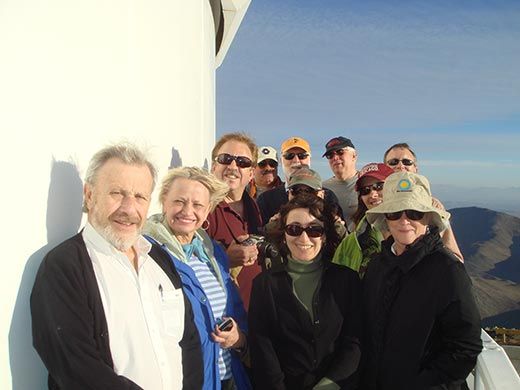
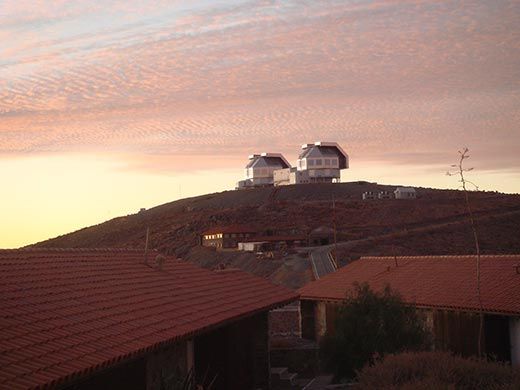
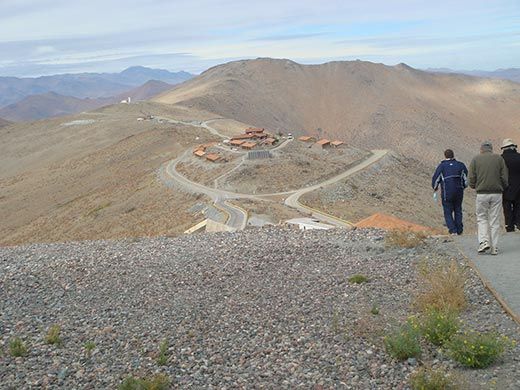
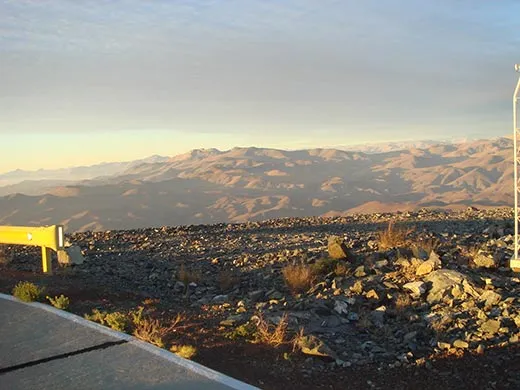
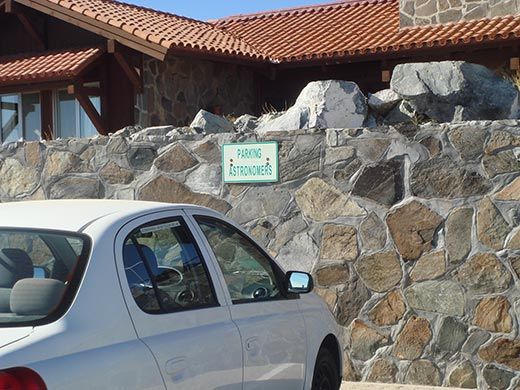
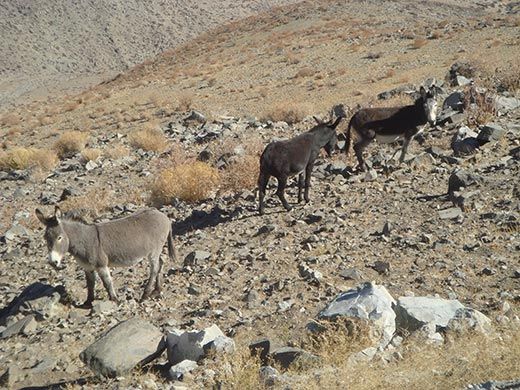

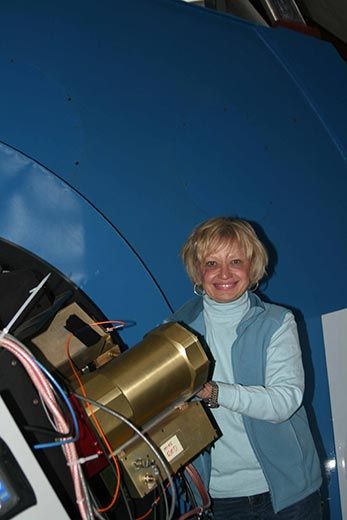

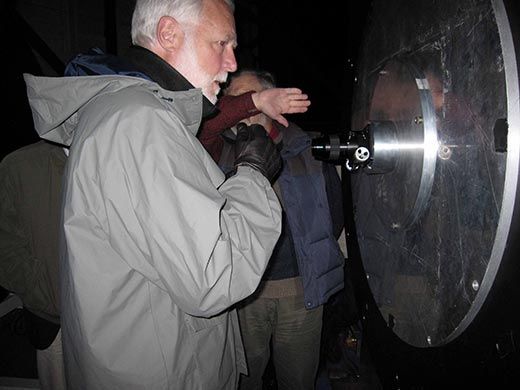
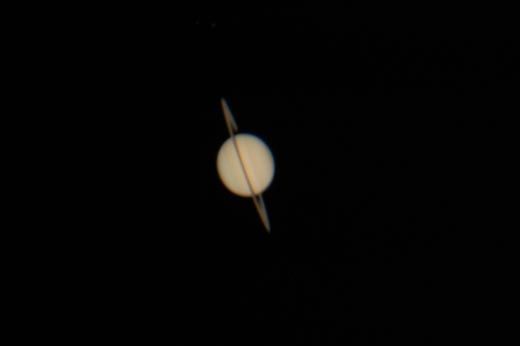
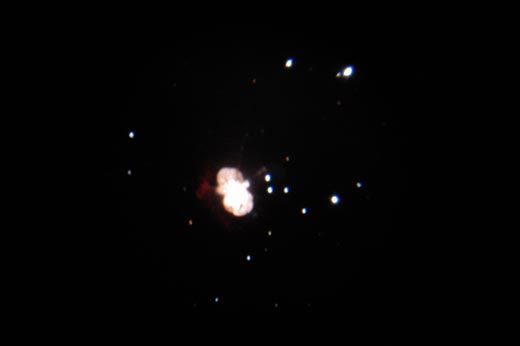
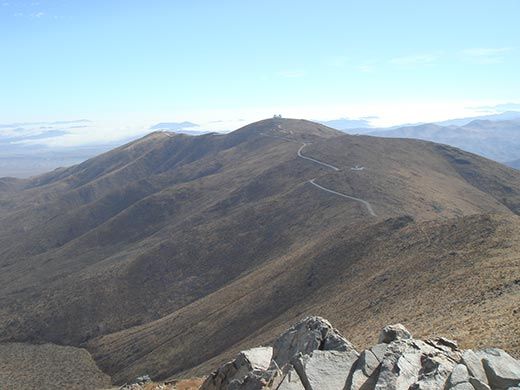
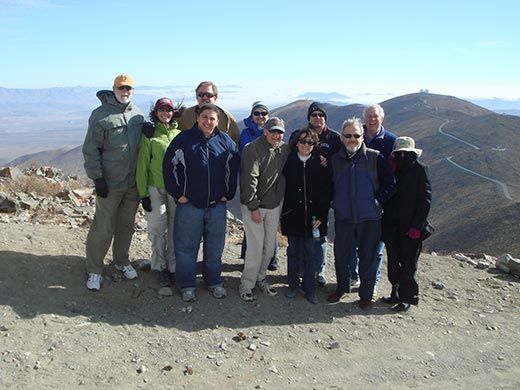
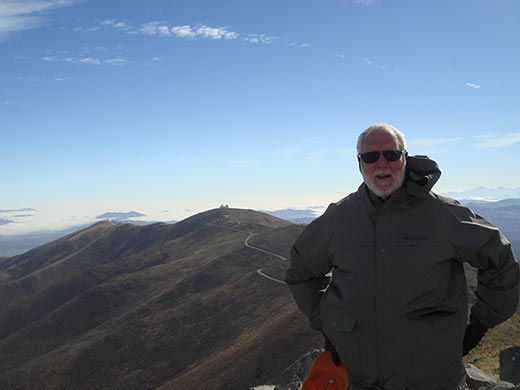
/https://tf-cmsv2-smithsonianmag-media.s3.amazonaws.com/accounts/headshot/wayne-clough-240.png)